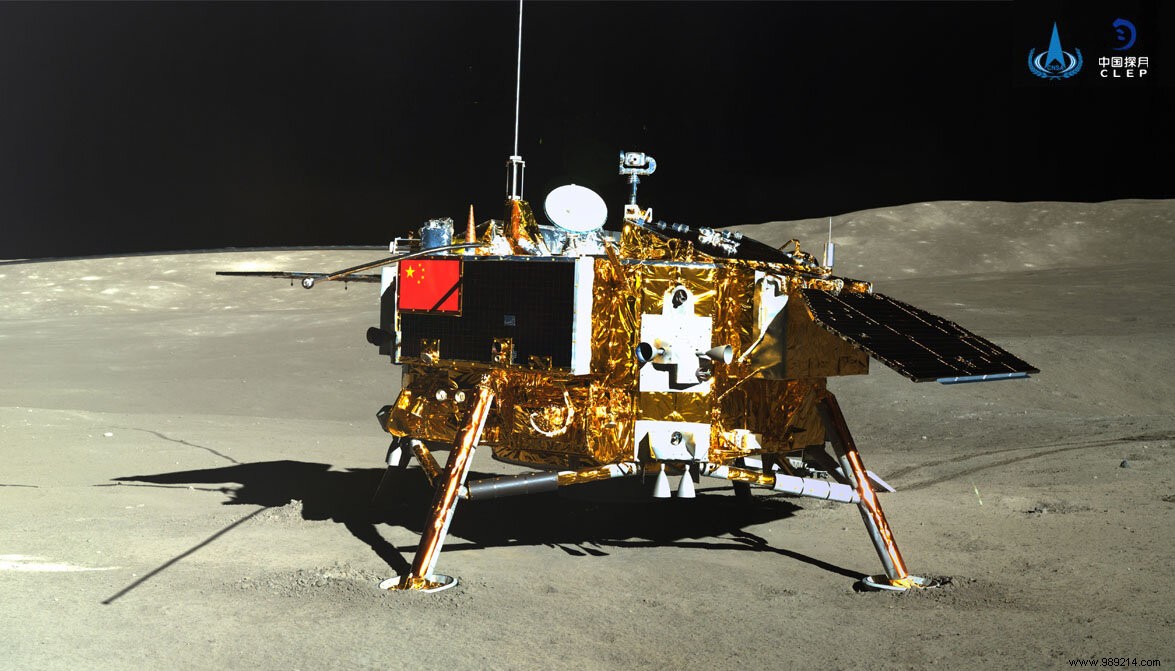A recent study based on data from the ongoing Chang'e 4 mission to "the far side of the Moon" suggests that future explorers will be exposed about 200 times more radiation than on Earth. Also, astronauts will need walls thick enough to protect them.
One of the main risks of long-term space exploration is the exposure of the human body to space radiation, a constant stream of high-energy particles that circulate through the medium. interstellar, almost at the speed of light. We are, on the planet, protected from these harmful rays thanks to a magnetic field and a thick atmosphere. Also, we have not evolved to be able to withstand this attack from the sky.
Concretely, without these natural shields, we are therefore (very) vulnerable. The main danger is that this radiation emits enough energy to change or break DNA molecules, which can damage or kill a cell. This can result in acute health problems such as diarrhea, nausea or vomiting.
More serious, prolonged exposure to these cosmic rays can also lead to the development of cataracts or cancer. Other simulations have also suggested that this space radiation could severely damage the gastrointestinal tissues of astronauts.
As part of a sustainable exploration of the Moon, it therefore seems essential to quantify the level of radiation to which astronauts will be exposed. With that in mind, a Sino-German team recently relied on data collected by China's Chang'e 4 mission, currently underway "on the far side" of the Moon.

Their work in the journal Science Advances , estimate that the equivalent dose of radiation that astronauts will experience daily on the Moon will be approximately 1.3 milliSiever . In other words, future lunar explorers will be bombarded by two to three times more radiation than astronauts and cosmonauts on board the ISS.
For comparison, this dose is “about 200 times higher than what is recorded on the surface of the Earth, and 5 to 10 times higher than what which is absorbed on a New York-Frankfurt flight” , underlines Robert Wimmer-Schweingruber, principal author of the report. “Except that astronauts would be exposed to these levels of radiation much longer than passengers or pilots on transatlantic flights” .
According to the researcher, these new estimates are close to what the models had predicted. He also points out that these radiation levels should be roughly the same over the entire lunar surface, except near the walls of deep craters . “Basically, the less you see of the sky, the better” , he summarizes.
In view of these results, the researchers confirm that future explorers will need to shelter in structures built from lunar materials (regolith), the walls of which should have a thickness of about 80 centimeters .